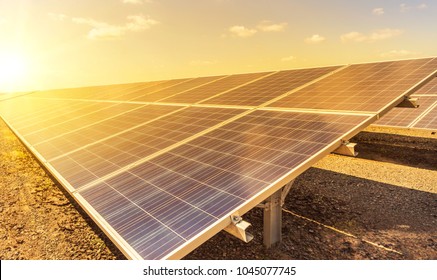Solar panels will receive optimal exposure when mounted on a rooftop compared to a wall.
Flat rooftop solar panels array horizontal.
In the past panel manufacturers would not offer warranties on panels installed at an angle lower than 2 degrees but these days most of the top manufacturers will give warranties even if their panels are installed at 0 degrees completely flat.
Horizontal solar panels require about twice as many railings and mountings to be installed.
Whereas most residential rooftops are sloped flat roofs or low slope roofs are more common in a commercial setting.
And in the wintertime snow doesn t accumulate atop the panels but system owners should be wary of ice buildup behind them.
I t is easier to have a continuous row of solar panels if they are installed vertically.
This does not mean however that every rooftop solar array will be capable of producing the same amount of electricity.
The size of solar panels makes them well suited to be installed vertically on most roofs.
If your rooftop is flat you can use tilt legs to face panels so that they are more perpendicular to the sun.
But trimble estimated a vertical solar array still produces about 70 as much as a sloped or flat roof system.
For optimum performance a solar panel should be at a 30 degree angle and face south or southwest.
Flat roofs that are truly horizontal can have a ballast or attached system put in place to create a pitch of at least 10 degrees.
Tilt legs simply lift the panels up to a fixed angle so that they face directly into the sunlight.
Check out how your roof compares here.
Solar panels installed horizontally on a roof at the st george hotel in st george qld.

